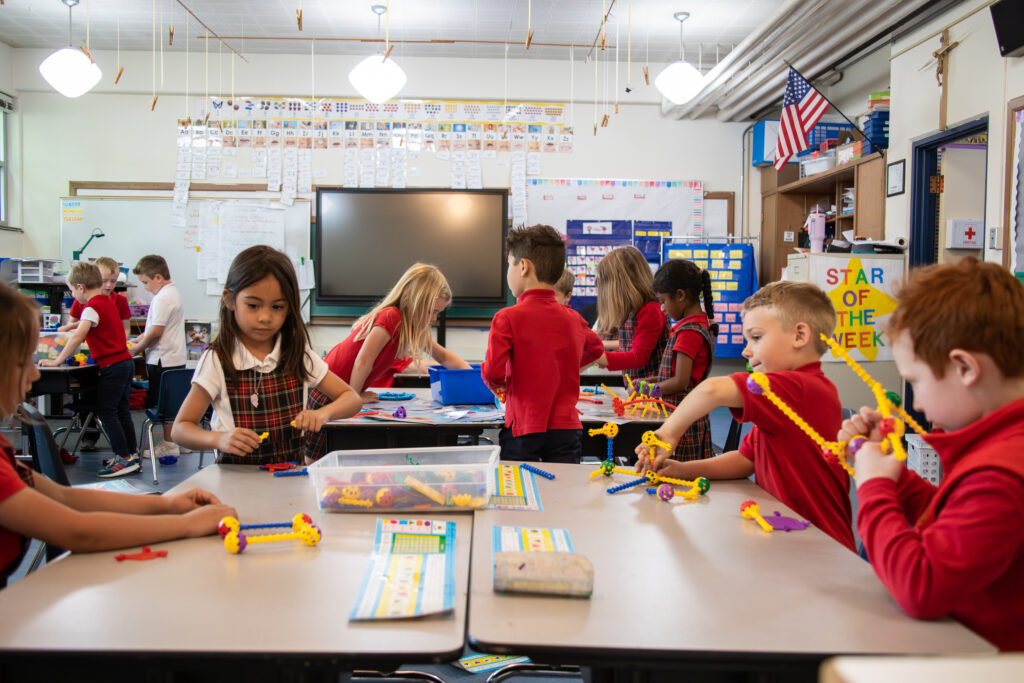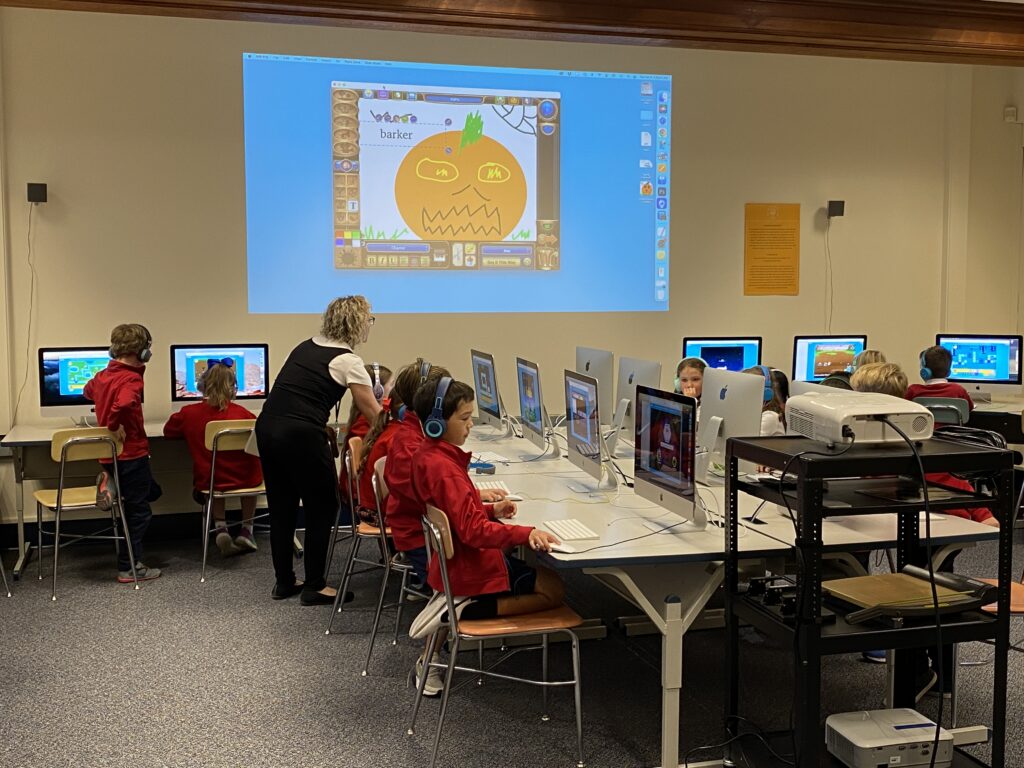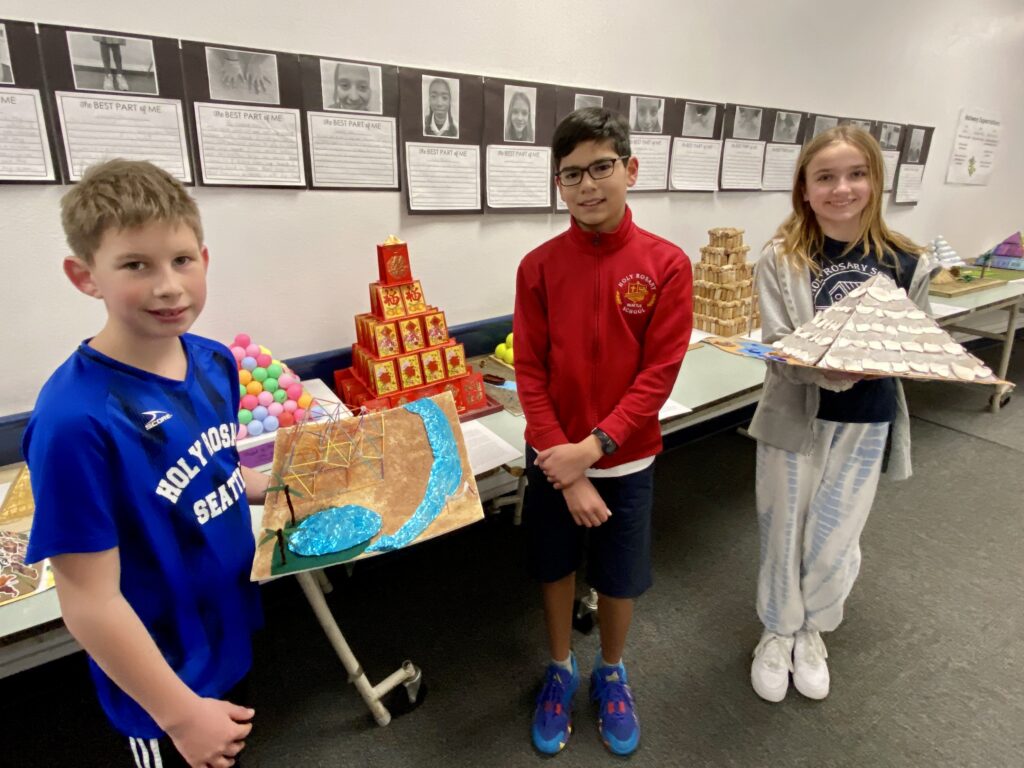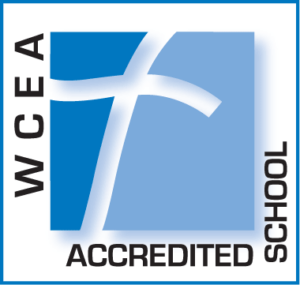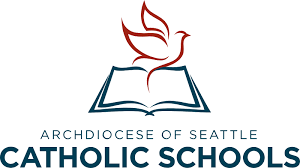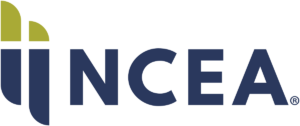INTEGRATING STEM+
Holy Rosary School integrates the elements of STEM, while maintaining our commitment to our Catholic Identity and emphasis in the fine arts. That’s where the + comes in!
Our science curriculum study led us to the adoption of the Next Generation Science Standards, which are the backbone of our science program. These standards, along with an increased emphasis on project-based, hands-on learning, have influenced the direction we have chosen in our new curriculum adoption.
In addition to the purchase of updated Foss and Carolina science kits which are aligned with the Next Generation Science Standards, we have adopted the Engineering is Elementary curriculum for grades K-5, developed through the Museum of Science in Boston. This program consists of hands-on engineering design challenges that have been mapped to the Next Generation Science Standards. EiE is designed to work with the NGSS by providing hands-on activities that require students to apply their science knowledge to solve an engineering problem, thereby reinforcing science learning. The EiE curriculum integrates engineering with science and improves student understanding of technology, creating a greater understanding of the interconnectedness of the three, while also interfacing with human needs and problems. Our science department chairs, Mike Ritscher and David Schreck, have received training through the Museum of Science to bring that expertise back to our staff. In addition, our staff is participating in ongoing STEM professional development.
While including a broad range of STEM activities across grade levels, our unifying goals are:
- Critical Thinking and Problem Solving: help students make connections between real world problems and what they are learning
- Collaboration: encourage teamwork in order to share ideas and consider more than one solution to a problem
- Communication: develop students’ communication skills in speaking, writing, drawing and constructing
- Creativity: encourage ideas and risk-taking through project-based learning as students engage in inquiry, analysis and the decision-making process
STEM+ presentation by our STEM+ teacher committee.
What is STEM?
STEM is curriculum based on the idea of educating students in four specific disciplines: science, technology, engineering and math. STEM education blends these disciplines together as students solve real-world problems, engage in collaborative learning, and use hands-on skills.
Why the emphasis on STEM?
These four areas are a key aspect of many careers. Currently there is a shortage of properly trained graduates to fill these jobs. In 2021, there were nearly 10 million workers in STEM occupations and this total is projected to grow by almost 11% by 2031, over two times faster than the total for all occupations. (Sourced: DOL)
How does STEM fit in a Catholic school?
Catholic values enhance a STEM education. From a Catholic viewpoint, STEM provides a focus for us to appreciate God’s creation. The STEM approach encourages investigation and creativity as responsible, moral, ethical stewards of the world.
How does STEM fit in with the Washington State standards?
In October 2013, Washington adopted the Next Generation Science Standards. These standards encompass four areas: physical science, life science, earth science and engineering/technology. There is added emphasis on problem solving and designing solutions to science issues. STEM dovetails nicely with this new emphasis.
What is STEM+?
While science, technology, engineering, and math have an added emphasis, Holy Rosary believes that students continue the need to be proficient in understanding their religion, language arts, social studies, and the arts. Our faith is the lens through which we view all learning and it allows us to decide on the moral value of any project, design, or even career path. Graduates still need the ability to communicate clearly, understand the social/political world that they live in, and be skilled in elements of design to be effective in any future jobs; even as a full-time engineer or scientist.
How does STEM+ fit in at Holy Rosary?
There is an added emphasis on combining these elements as we work on real world projects. Project-based learning allows students to think critically, work collaboratively, and be hands-on with their learning. Across the curriculum, students will be taught to be faith filled, to be effective communicators, to be lifelong learners, to be respectful, and to be responsible, as they bring these aspects to their STEM work. By the end of eighth grade, our graduates will be able to put together diverse content to develop solutions for problems, answer complex challenges and investigate global issues.

